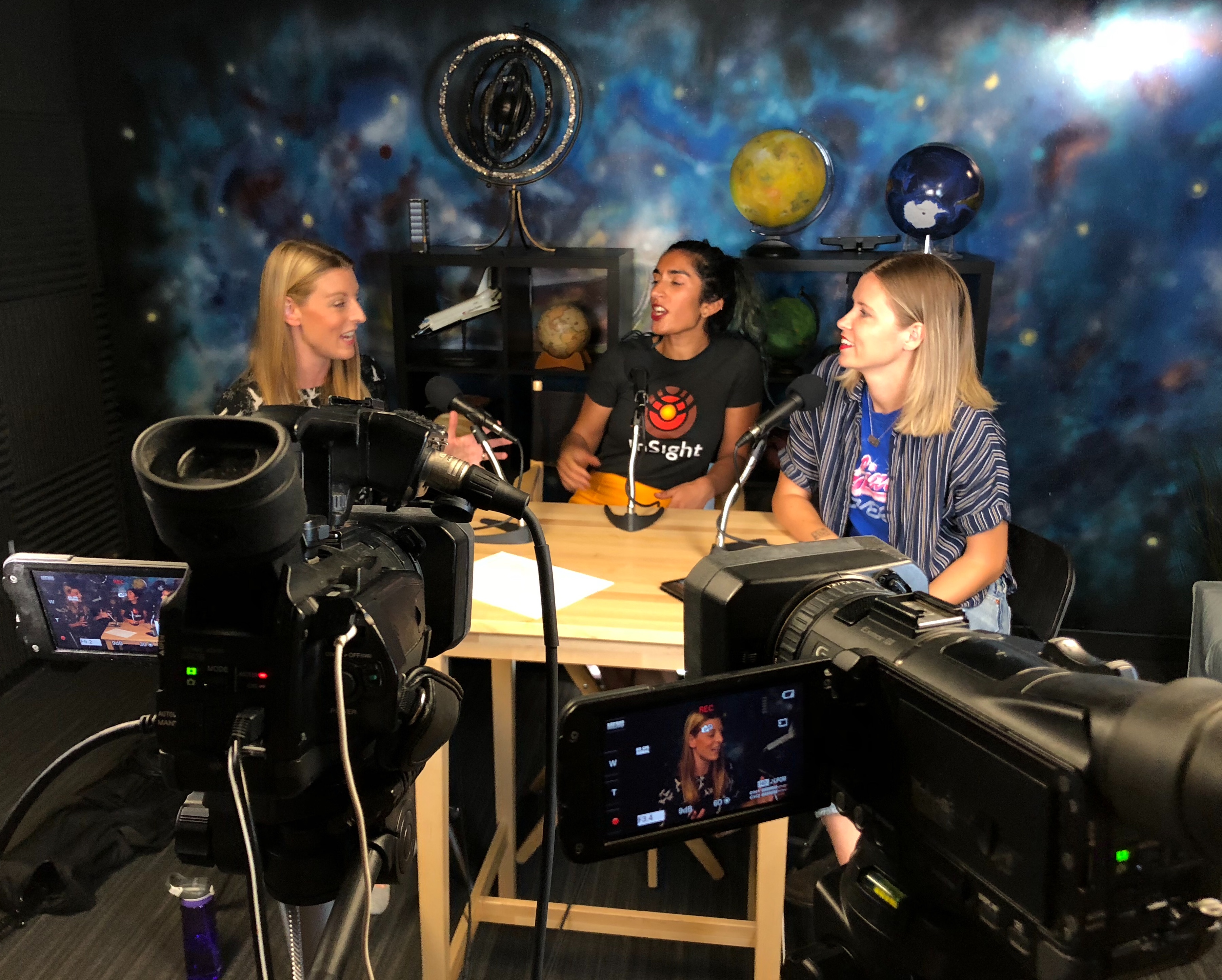I have a few bits of exciting news. Well, it turns out that jobs are apparently a bit like buses…you wait and wait for one to appear then two come along at once! I’ll deal with one of them here and the other in a second post.
This month I accepted a job at The Open University, which is the place I used to work as a cosmochemist before moving to California. I’ll be starting in April working part-time as a Public Engagement and Outreach Officer with the aim of promoting the physical sciences to the masses. When I say the ‘masses’ what I mean is primarily to under-represented groups in the physical sciences (or those not represented at all) such as women and minority groups. Did you know that some Physics Departments don’t have any female or non-white members of faculty? It is terrible that this is the case and it is something we need to change. If we want to make more amazing future scientific findings, then we need a diversity of minds studying the modern-day physics problems. This means we need a range of people from different backgrounds, with different mindsets to join in and work together with creative thinking. It’s part of what we call ‘Widening diversity’, which is exactly what it sounds like; opening up the supposedly impenetrable, complicated and white-male dominated physics to the masses (no offense to the white, male physicists out there, I have nothing against you obviously, but I’m sure you’ll agree that it’d be nice to work with a range of different people).
Unfortunately, too many children are put-off studying physics because they don’t consider it a subject that appeals to them. They might be told it’s too hard, or they just don’t see any role models (no people like them) doing jobs that require something like a physics degree. It might be that they have no idea what they can do for a job once they’ve got their physics degree. Well, this is where I come in. It doesn’t matter if kids don’t want to be scientific researchers, but we want more people trained in a scientific way of thinking, to go out there and do all those other jobs where a physics-related degree can be of use (check this out for ideas).
My role will also be looking at supporting teachers of physics. It turns out that in the UK (and probably elsewhere), it is common for physics teachers to come from a non-physics background. Whilst this doesn’t necessarily mean they aren’t fabulous, engaging and inspiring teachers, it does sometimes mean that they need some support to find the best ways to teach their subject. After all, I recall that my favourite teachers of my favourite subjects were always the ones who clearly had a passion for their subject and found ways to bring it to life in the classroom (I’m thinking of you Mr Lovick, when you set off an explosion in the corner of the lab which went off unexpectedly halfway through a physics lesson, just to make sure we were paying attention)!
If you study my CV closely, you’ll see that I didn’t study physics past 16. I didn’t keep this a secret from the interview panel either because I think it’s a positive thing for this job. I was put-off studying physics at A-level (that’s age 16-18 for non-UK readers) for the exact reasons that girls and other minority groups are deterred today. I even got the top grade of an A* in my GCSE physics at 16 and I loved the subject, along with all the other sciences. Yet, people told me again and again that it would be too hard, that there’s ‘loads of maths’ (I took maths early so clearly wasn’t terrible at it either), and when I visited the class to decide which subjects to study at A-level there wasn’t a single girl there. I chose geology instead, and whilst this was a great choice for me because it turns out that I forged a successful career in that field, I ended up working in a physical sciences department for 6 years as a researcher towards the end of my research career. There I worked as a cosmochemist on space samples, but I often read papers that were heavily based in physics and astronomy and lamented the fact that I’d dropped physics so early on.
Those basics that I missed out on had to be learnt in my 30’s, and my 30-year old brain is not as adept at learning new things as my teenager brain was! This situation I experienced can, and should, be changed. Perhaps if there’d been another girl in that A-level physics class then I might’ve decided to study it? Who knows? But I also didn’t see a route for me into, and through physics. I didn’t want to be a ‘physicist’ but had no clue what else I could do with all that detailed physics knowledge.
So, I’m excited to begin this new phase in my career, firmly
saying goodbye to research for now but forging a new life as a science
communicator. I hope I can inspire some kids to choose physics as a subject to
study further, because I think it has a lot to offer.
My next post will give a short overview of the other exciting job I accepted this month!






